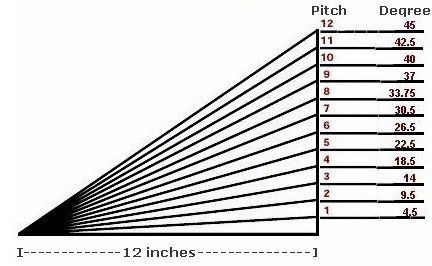Doing Proper Roof Inspections
- PF-Construction Team
- Apr 4, 2023
- 3 min read

The roof is one of the most important components of any building, as it provides protection from the elements and helps maintain the integrity of the structure. Regular inspections of your roof can help identify potential problems early on, allowing for prompt repairs or replacements that can save you money in the long run. In this article, we will discuss the steps involved in conducting a proper roof inspection.
Step 1: Safety First
Before you start inspecting your roof, it is important to ensure your safety. Use a sturdy ladder to access the roof and wear appropriate safety gear, such as slip-resistant shoes and a safety harness. If you are not comfortable with heights or have a steep or complicated roof, consider hiring a professional roofer to do the inspection for you.
Step 2: Check the Exterior
Begin your inspection by walking around the perimeter of your building and looking for any noticeable signs of damage to the roof. This may include missing or damaged shingles, cracks, or holes in the roof, or any other signs of wear and tear. Also, check for any debris or tree limbs that may have fallen or starting to grow too close or touching the roof or the exterior siding of your property. Depending on the situation, you may need to hire a tree crew, landscaper, or add another DIY project to to your list.
Step 3: Inspect the Shingles
The shingles on your roof are the first line of defense against the elements, so it is important to check the entire roof thoroughly. Look for any signs of cracking, curling, or missing shingles. Also, check for any signs of mold or algae growth, as this can indicate that there is a problem with ventilation or moisture on the roof or in the attic.
Step 4: Check the Flashing
Flashing is the material used to seal the gaps between your roof and other components, such as chimneys or skylights. It is important to check the flashing for any signs of damage or wear, as this can lead to leaks in the roof. Look for any signs of rust, cracking, or missing flashing.
Step 5: Check the Gutters
Gutters and downspouts play an important role in directing water away from your roof and the foundation of your building. It is important to check your gutters for any signs of damage, such as cracks, holes, or pulling away from your structure. Also, make sure they are cleared of debris, such as leaves or branches on a regular basis, as this can cause water to back up and damage your roof, gutters, and potentially your foundation.
Step 6: Check the Attic
Finally, it is important to check the underside of your roof in the attic. Look for any signs of water damage, such as stains or discoloration on the walls or ceiling. Also, check for any signs of mold or mildew growth, as this can indicate a problem with ventilation or moisture in the attic.

Florida is known for its humid climate, which can create ideal conditions for mold growth. This can be particularly problematic for roofs, which can be susceptible to moisture buildup and mold growth in areas where ventilation is poor or where water can collect, such as around gutters or in areas with poor drainage. If mold growth is found it should not be taken lightly and needs to be taken care of in a timely manner.
Step 7: Mold Growth on Roof/ Attic
In addition, Florida is prone to heavy rainfall and storms, which can exacerbate moisture problems and contribute to mold growth. This can be especially problematic for roofs that have sustained damage or are in need of repairs, as these areas may be more vulnerable to moisture buildup and mold growth.
It is important to note that not all Florida roofs will necessarily have a mold problem, as proper maintenance and care can help prevent mold growth. Regular roof inspections, repairs, and cleaning the gutters and downspouts can help address any issues before they become more serious.
If you suspect that your Florida roof may have a mold problem, it is important to address the issue promptly to prevent further damage to your roof and potential health problems associated with mold exposure to your family. A professional roofer or mold remediation specialist can help assess the situation and recommend the best course of action.



